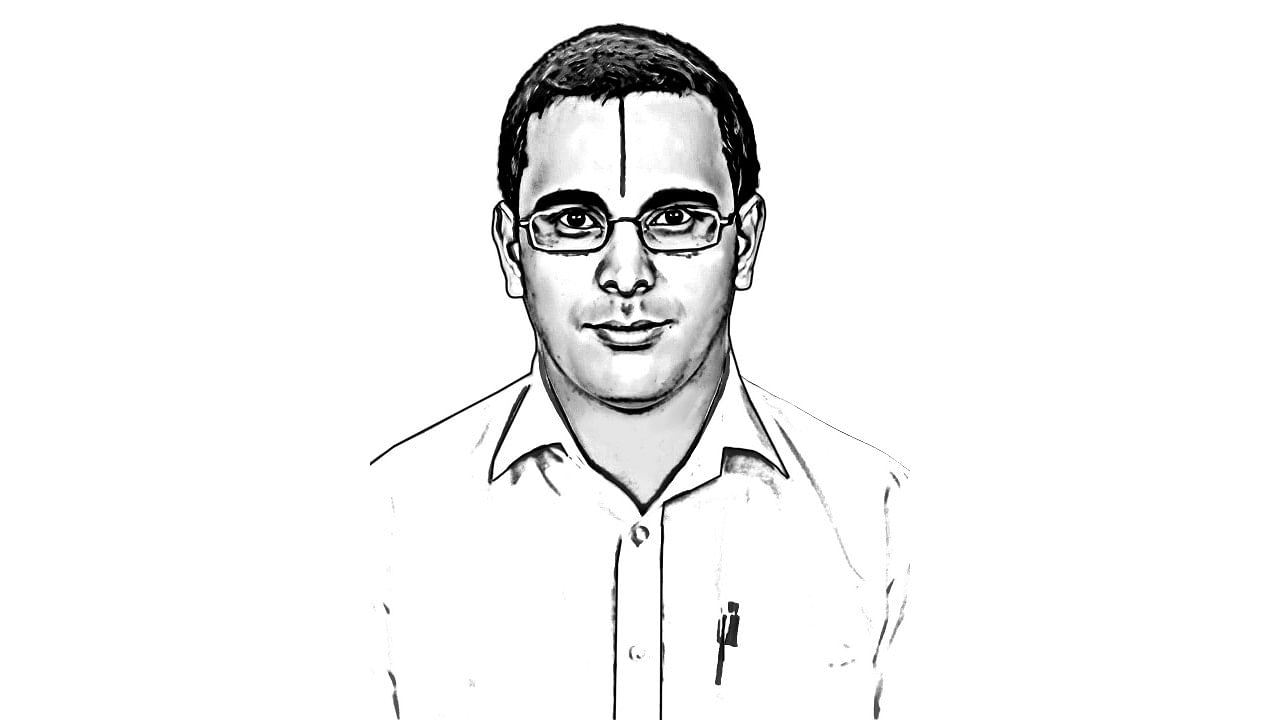
Prabhakar K S, Founder & CEO of Shree Tax Chambers.
Credit: DH Illustration
On October 15, the Central Board of Direct Taxes (CBDT) provided a major relief to the salaried employees. The Union Budget for 2024-25 presented in July amended sub-section (2B) of Section 192 of the Income Tax Act, 1961 to allow the employer to consider any taxes deducted or collected under the provisions of Part B or Part BB of Chapter XVII of the said Act with effect from October 1.
Enabling this, CBDT notified the amendments and the new Form 12BAA, last month. The new form enables an employee to offset tax deducted at source (TDS) and tax collected at source (TCS) from non-salary income against his / her salary TDS.
As we are already aware, the Central Government last year expanded the scope of TCS on many transactions, including the Liberalised Remittance Scheme, tour packages, etc. Until now, TCS was not considered a tax credit while computing the TDS on salary income and could only be claimed as a tax refund when filing the return of income, which resulted in cash flow issues for those taxpayers. To avoid this, the amendment brought in this year allows for TCS to be considered while computing the TDS on the salary itself.
New Form No. 12BAA
The new Form No. 12BAA will function as a statement for an employee to report to his / her employer the deductions made on various sources of income other than salaries. For instance, earnings from fixed deposits, insurance commissions, dividends, buying cars, foreign currency, etc., are subject to TDS and TCS at different rates and various stages during a particular financial year. The new Form enables reporting of both TDS and TCS details in a simplified reporting process.
As per the notified Form, an employee is required to disclose the following details to employers – TDS details, including the section under which tax was deducted, the name and address of the deductor, the tax deduction and collection account number (TAN) of the deductor, the amount of tax deducted, the amount of income received or credited and any other relevant details.
TCS details, including the section under which tax was collected, the name and address of the collector, the TAN of the collector, the amount of tax collected and any other relevant information.
In addition, any loss incurred by the employee under the head ‘income from house property’ with the amount and other relevant details.
Thus, salaried employees could claim credit for both TDS and TCS suffered on non-salary income at the time of earning / occurring itself by declaring its particulars to the employer. The employer should give credit for such TDS and TCS while computing TDS on salary. This will address cash outflow issues for salaried individuals by lowering his or her overall tax burden.
Consequent changes
Changes to Form 24Q – Quarterly Salary TDS Return: Annexure II of Form 24Q was revised to include reporting of TDS and TCS on non-salary income reported by an employee.
Changes to Form 16 – Annual Salary Certificate: Annexure I of Part B of Form 16 was revised to include details of TDS and TCS as per the newly introduced Form 12BAA. Thus, the net tax payable on salary could be reflected thereon.
The new mechanism simplifies the process of claiming tax credits for salaried employees having multiple sources of income. From now on, an employee need not wait for the following assessment year’s return filing season to claim the TDS and TCS (other than salary) as a tax refund. It is a timely measure given the widened scope of TCS on foreign remittances and luxury purchases. At the same time, it also increased the compliance burden on the employers to collate such details from their employees, upgrade of payroll process and accurate and timely filing of TDS quarterly returns with the tax authorities.